The boating world is changing fast, and 2025 marks the turning point. With stricter environmental standards, rising fuel costs, and smarter marine tech, electric boats are becoming the new normal. They’re cleaner, quieter, and more efficient than ever. But beyond the motor and battery, modern electric boats rely on tough, dependable anchoring systems — especially Anchors Bruce, known for reliability and holding power. Together, they’re shaping the next era of sustainable boating.
The Shift Toward Electric Power
Gas-powered engines have dominated boating for decades, but their noise, emissions, and maintenance are outdated in an eco-conscious world. Electric boats offer a better solution — instant torque, zero fumes, and quiet cruising.
What’s changed in recent years is performance. Modern lithium-ion batteries deliver range, speed, and power that used to be impossible. You can now spend a full day on the water without a drop of gas. Pair that with solar charging options, and electric boating becomes not just sustainable but cost-effective.
Why Electric Boats Make Sense
- Zero Emissions: No exhaust, no pollution — cleaner water and air.
- Silent Operation: You hear the waves, not the engine. Perfect for fishing or relaxing.
- Low Maintenance: No oil changes, no fuel filters, no carburetors.
- Instant Torque: Electric motors deliver power immediately for smoother acceleration.
- Lower Running Costs: Electricity costs a fraction of gasoline.
In 2025, electric propulsion systems are no longer a novelty. Brands like X Shore, Candela, and Vision Marine are producing boats with real-world performance — 30 to 50 knots of speed and up to 100 miles of range.
The Role of Anchors Bruce in Electric Boating
Every electric boat needs reliable anchoring gear. With silent motors and lightweight builds, stability at rest becomes even more important. That’s where Anchors Bruce come in.
Known for their instant hold, self-righting design, and unmatched grip, Anchors Bruce have become a favorite among electric boat owners. They set quickly on various seabeds — sand, mud, gravel, or rock — and resist dragging even in sudden current shifts.
Key Benefits of Anchors Bruce
- Fast Setting: Drops and locks almost immediately.
- High Holding Power: Reliable even for lightweight boats prone to drifting.
- No Moving Parts: Simple, solid structure that minimizes maintenance.
- Corrosion-Resistant: Perfect match for the low-maintenance mindset of electric boating.
Electric boats often feature sleek, minimalistic hulls — the kind that need efficient, low-profile hardware. Anchors Bruce complement that perfectly, adding stability without compromising performance.
Sustainability Beyond the Engine
Switching to electric boats is only one piece of sustainable boating. It’s also about responsible design, materials, and equipment.
- Recyclable Components: Many electric boat hulls now use composite materials that can be recycled.
- Solar Integration: Roof-mounted panels or solar bimini tops extend range and power onboard electronics.
- Eco-Friendly Anchoring: Using reliable Anchors Bruce prevents dragging damage to marine ecosystems. Their design reduces seabed disruption compared to traditional fluke anchors.
The goal is to reduce environmental impact without sacrificing performance — and that’s where electric propulsion and modern hardware align perfectly.
Charging and Range: Solving the Old Problems
The biggest concern for most people considering electric boats is range anxiety. That’s fading fast.
New marine-grade lithium packs, regenerative braking (when slowing down), and solar-assisted charging have extended range dramatically. Most boats now charge overnight at marinas equipped with 240V systems. Fast chargers are spreading across major waterways and coastal regions, making long-distance cruising realistic.
In short — the infrastructure is finally catching up.
Performance on the Water
Today’s electric boats aren’t slow or fragile. They deliver high-end acceleration, responsive handling, and impressive stability. The lack of vibration means smoother rides and longer component life. Paired with smart anchor systems like Anchors Bruce, they stay secure and steady when stationary — no noise, no fuel fumes, just peace and precision.
Manufacturers are also integrating automated anchoring systems using Bruce anchors with powered retrieval. One touch, and your anchor deploys or retracts, syncing with GPS positioning to maintain perfect spot-hold accuracy.
Cost and Maintenance
While the upfront price of electric boats is still higher, operational costs are minimal. Electricity is cheaper than marine fuel, and electric motors require fewer service intervals. There’s no oil to change, no exhaust to maintain, and fewer moving parts to fail.
Likewise, durable anchoring gear like Anchors Bruce cuts down on replacement costs. Their cast stainless-steel or galvanized finish can last decades with simple rinsing after saltwater use.
The Future of Sustainable Boating
By 2030, most coastal marinas are expected to be fully electric-ready. Governments are incentivizing electric conversions, and major manufacturers are going hybrid or full-electric across product lines.
Expect innovations like:
- Hydrofoil electric hulls that reduce drag and increase range.
- Autonomous anchoring systems using sensors and Anchors Bruce for self-deployment.
- AI-assisted energy management for optimal efficiency.
These advancements will make boating cleaner, quieter, and smarter — without compromising adventure.
Final Thoughts
Electric boats are redefining what it means to enjoy the water. They bring silence, speed, and sustainability together in one package. But it’s not just about propulsion — it’s about the entire system working in harmony.
Reliable anchoring solutions like Anchors Bruce ensure your vessel stays secure while protecting marine environments. Together, they represent the new era of responsible boating — efficient, eco-friendly, and engineered for the future.


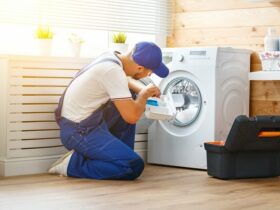
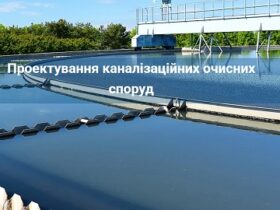
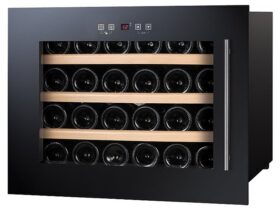

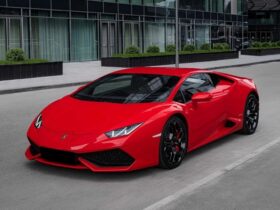
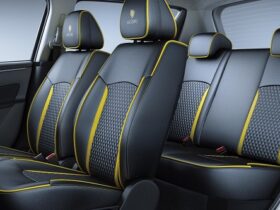

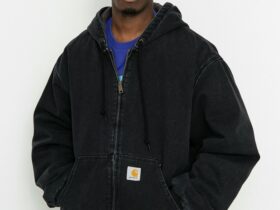



Оставить коммент.